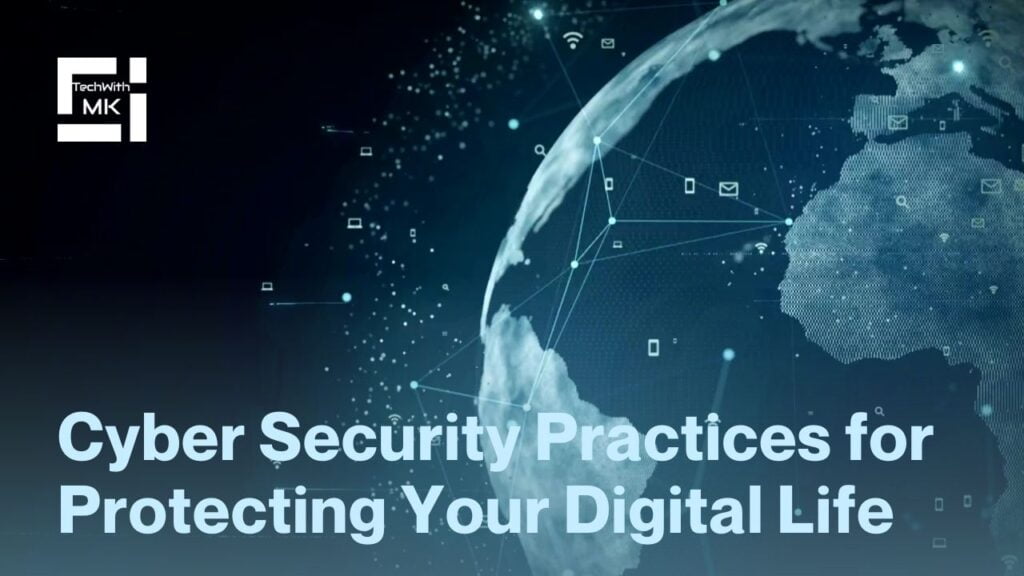In today’s digital age, the security of our personal information and online activities has become more critical. With increasing cyber threats and risks, adopting proactive measures to safeguard our digital lives is crucial. This blog post explores seven essential cyber security practices that can help protect your personal information and ensure a safer online experience.
Use Strong and Unique Passwords
Begin by creating strong, complex passwords for your online accounts. Avoid common choices and instead opt for a combination of uppercase and lowercase letters, numbers, and special characters. Remember to use a unique password for each account to minimize the risk of multiple accounts being compromised. Utilizing password managers can assist in securely storing and generating passwords for you.
Enable Two-Factor Authentication (2FA)
Enhance the security of your online accounts by enabling two-factor authentication wherever possible. This adds an extra layer of protection by requiring a second form of verification, usually a temporary code sent to your phone or email. By enabling 2FA, you significantly reduce the chances of unauthorized access to your accounts, even if your passwords are compromised.
Stay Aware of Phishing Attempts
Phishing attacks remain a common threat in which cybercriminals attempt to deceive individuals into revealing sensitive information. Be cautious of suspicious emails, messages, or websites that imitate legitimate organizations. Learn to recognize the signs of phishing attempts, such as grammatical errors, requests for personal information, or urgent demands. Avoid clicking on suspicious links and independently verify the authenticity of the source.
Keep Software Up to Date
Regularly updating your software is crucial for maintaining a secure digital environment. Software updates often include necessary security patches that protect against vulnerabilities and exploits. Enable automatic updates whenever possible and periodically check for updates manually to ensure you have the latest protections against emerging threats.
Secure Your Wi-Fi Network
Protect your home Wi-Fi network by setting a strong password and enabling encryption. Use a combination of letters, numbers, and symbols to create a robust Wi-Fi password. Enable encryption protocols such as WPA2 or WPA3 to encrypt data transmitted over your network. When using public Wi-Fi networks, exercise caution and consider using a trusted virtual private network (VPN) to encrypt your internet connection.
Regularly Back Up Your Data
Data loss can occur due to cyber attacks, hardware failures, or accidents. Regularly backing up your important files and data is essential to prevent irreversible loss. Utilize external hard drives, cloud storage services, or a combination of both to create backups. Establish a backup schedule and verify the integrity of your backups to ensure your data can be recovered in case of an incident.
Manage Privacy Settings and Social Media
Review and adjust the privacy settings on your social media accounts to control the information accessible to others. Limit the personal information you share publicly, and be cautious of the apps you connect to your social media accounts. Regularly review and manage app permissions to minimize potential privacy risks.
Conclusion
Protecting your digital life requires implementing effective cybersecurity practices. By using strong and unique passwords, enabling two-factor authentication, staying vigilant against phishing attempts, keeping software up to date, securing your Wi-Fi network, backing up your data regularly, and managing privacy settings on social media, you can significantly reduce the risk of cyber threats. Incorporate these practices into your online routine to ensure a safer and more secure digital experience. Stay proactive, informed, and protected in the evolving cybersecurity landscape.


